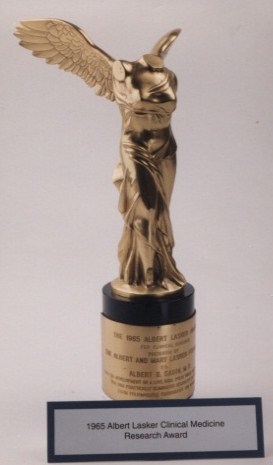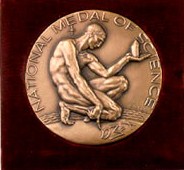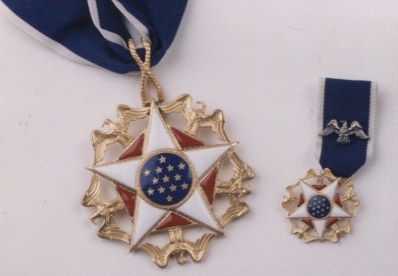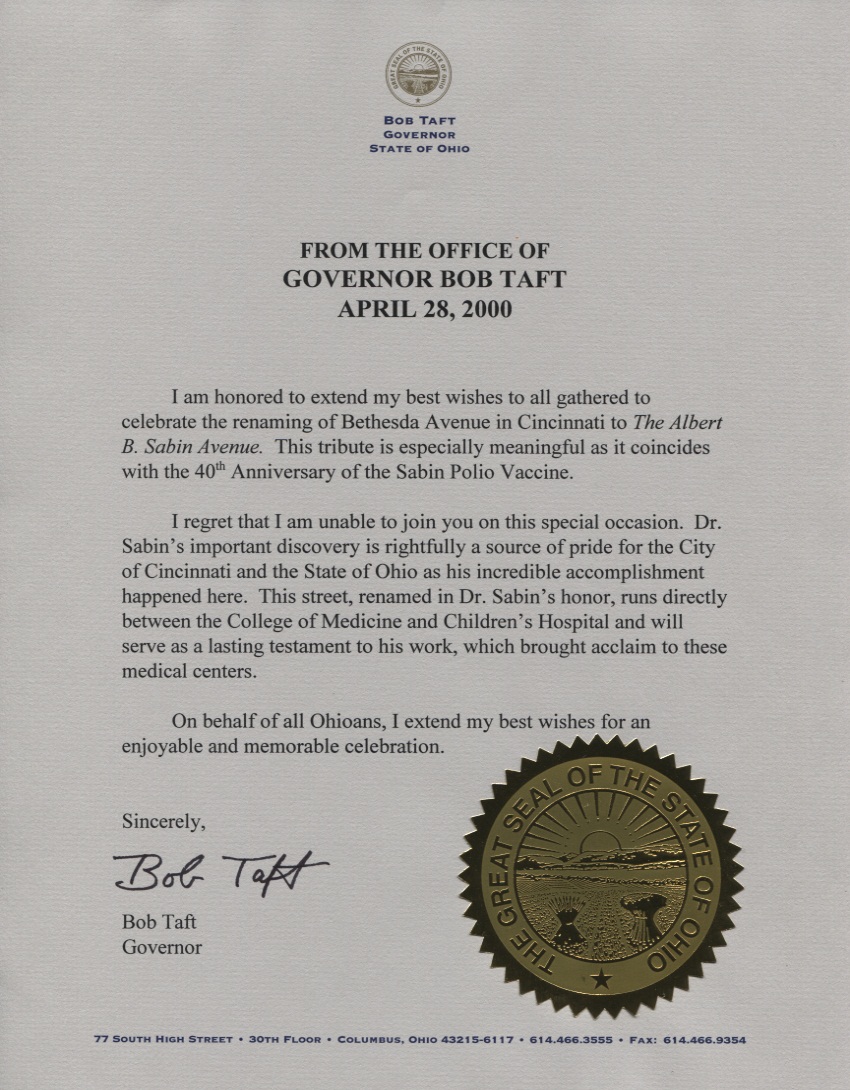For Dr. Sabin’s contributions to the scientific community, particularly the development of the oral polio vaccine and the assistance in its distribution, he was given many different awards and other types of recognition over the years. The Hauck Center for the Albert B. Sabin Archives is home to a large collection of those awards. I thought it would be interesting to take a look at a couple of these awards and distinctions and tell you a little more about them.
One significant award Dr. Sabin received was the Albert Lasker Clinical Medical Research Award, which is given to those whose research has made significant contributions to the treatment of patients. In 1965, Dr. Sabin was given the Lasker Award “in recognition of his fundamental contribution to the understanding of the nature of poliomyelitis, and the development of a live vaccine that can be administered orally.” For those that do not know, the Lasker Award is one of the most prestigious sciences prizes and is often referred to as the “America’s Nobel.” Dr. Sabin is one of two UC scientists to receive a Lasker Award. The other, Elwood Jensen, PhD, received the Lasker Award for Basic Medical Research in 2004 for his discoveries that led to improved breast cancer treatments.
Dr. Sabin received two prestigious distinctions that were presented to him by United States presidents: the National Medal of Science and the Presidential Medal of Freedom. The National Medal of Science was presented to him by President Richard Nixon in 1970. When receiving his National Medal of Science, the citation read, “For numerous fundamental contributions to the understanding of viruses and viral diseases, culminating in the development of the vaccine which has eliminated poliomyelitis as a major threat to human health.” As I learn more about Dr. Sabin and the work that he did, I realize now true this citation is! Even though most know him from his work with poliomyelitis, he was quite involved in researching many other diseases. (Look for more on that in a future blog!)
The Presidential Medal of Freedom was given to Dr. Sabin by Ronald Reagan in 1986, which is highest award that a United States civilian can receive. According to White House press releases, this award is given to those who have made significant contributions “to the security or national interests of the United States, to world peace, or to cultural or other significant public or private endeavors.” Dr. Sabin definitely falls into these categories!
Finally, for the 40th anniversary of Sabin Sunday, the street on which the Medical Sciences Building (where the Winkler Center is located) resides was renamed. The Winkler Center proudly sports the address: 231 Albert B. Sabin Way. The certificate I found (seen below) commemorating this event was signed by former Ohio governor Bob Taft. I liked his quote about the occasion, saying, “This street, renamed in Dr. Sabin’s honor, runs directly between the College of Medicine and Children’s Hospital and will serve as a lasting testament to his work, which brought acclaim to these medical centers.” I like the idea of the street being a “lasting testament” to Dr. Sabin and what he was obviously passionate about.
Here on campus, we have an exhibit in the Vontz Center for Molecular Studies that tells the story of Dr. Sabin’s life and his fight against polio. The permanent exhibit contains his regalia and many of his awards. Also located near the exhibit is an Ohio Historical Marker, which was dedicated in 2003, that honors Dr. Sabin for his efforts to eradicate polio. To learn more about the exhibit, visit our website. If you would like to visit the exhibit or see the historical marker, feel free to contact the Winkler Center at chhp@uc.edu and we can give you more information.
In 2010, the University of Cincinnati Libraries received a $314,258 grant from the National Endowment for the Humanities (NEH) to digitize the correspondence and photographs of Dr. Albert B. Sabin. This digitization project has been designated a NEH “We the People” project, an initiative to encourage and strengthen the teaching, study, and understanding of American history and culture through the support of projects that explore significant events and themes in our nation’s history and culture and that advance knowledge of the principles that define America. Any views, findings, conclusions, or recommendations expressed in this blog do not necessarily reflect those of the National Endowment for the Humanities.




